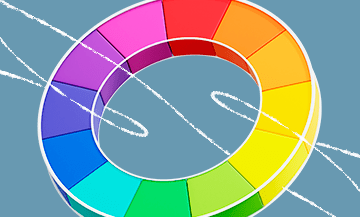How can an artist make money from his creativity on the Internet? Rules and recommendations

Create quality content

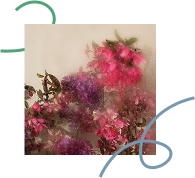

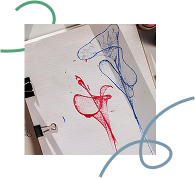


Develop a pricing strategy
Developing a pricing strategy for your paintings is an important step that will help you set a fair price and effectively sell your works. Here’s a step-by-step plan to help you determine appropriate prices for your paintings:
- Step 1: Determine the cost of materials.
List all the materials you used to create the painting, including canvas, paints, brushes, frames, and other supplies. Calculate the cost of each material by multiplying its price by the amount used for the specific painting. Add up all the costs to get the total amount.
- Step 2: Consider the time spent.
Record how many hours you spent creating the painting, including preparation, painting, and finishing touches. Then determine how much you want to earn per hour of work. This may depend on your experience, skills, and market realities. For example, if you set an hourly rate of $20 and spent 10 hours on the work, your labor cost would be $200.
- Step 3: Consider other expenses.
Add any additional costs, such as packaging, shipping, and commissions from online platforms or galleries. These expenses should also be included in the final price of the painting. Afterward, add up the costs of materials, labor, and other expenses to get the full cost of creating the painting.
- Step 4: Research market trends.
Find paintings by other artists with similar style, size, and quality that are sold on online platforms and in galleries. Take note of their prices to understand what is currently in demand in the market. Identify the price range for paintings of similar sizes and styles. This will give you an idea of how much buyers are willing to pay for works similar to yours.
- Step 5: Set your price.
Based on the cost of materials, time, additional expenses, and market trends, set the price for your painting. Keep in mind that the price should cover all costs and provide a reasonable profit. Be ready to adjust the price depending on demand, feedback from buyers, and market changes. If you find that demand for your paintings is higher, you can slightly increase the price.
- Step 6: Apply your pricing strategy.
Decide whether you will set a fixed price or use an auction system to sell your paintings. Set clear pricing rules to help you maintain consistency. Use your established price as part of your marketing strategy. Present your work on online platforms, social networks, and in galleries, emphasizing its value and uniqueness. Listen to feedback from buyers and monitor how your paintings are perceived in the market. If you receive positive reviews and notice an increase in demand, this may be a signal to review your pricing.

Optimize your site for search engines







Use social networks for promotion
Social networks such as Instagram, Facebook, and Pinterest are indeed powerful tools for artists looking to promote their work and find new buyers. However, success on social media depends not only on regular posts but also on how and where you promote your work. Let’s consider what is more effective – promoting your paintings on your own profile or in communities, and provide tips on how to make your works go viral.
When you post paintings on your own page, you are building your personal brand. This allows you to control how the audience perceives your work and to create a style and aesthetic that will be associated specifically with you. Regular posts on your profile help gather a loyal audience that is interested in your work and will follow your new creations.
Fun fact: Camille Pissarro actively participated in exhibitions and organized offline artist meetups, which helped him attract the attention of critics and collectors.
On the other hand, communities, groups, and thematic pages on social networks already have an established audience that may be interested in art. This helps you quickly get more views and reactions to your work. Posting pictures of paintings in communities allows you to get feedback from colleagues and potential buyers, helping you better understand how your work is perceived.
Here are some tips on how to make your paintings popular on social media:



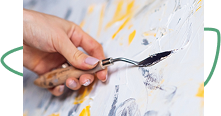





Combine promotion on your own profiles with posts in themed communities, and don’t forget the life hacks that will help make your works go viral.

Be active on online platforms for selling paintings
Be active on online platforms where paintings are sold – this is one of the most important areas for artists seeking to expand their audience and increase sales. Registering on specialized websites for selling paintings abroad (Saatchi Art, Etsy, Artfinder) gives you access to the international market and opens up new opportunities to promote your artwork.
These platforms provide you with tools to manage your sales.
- Each platform allows you to create a personalized artist profile where you can post your biography, description of your works, and a gallery with examples. This is your virtual store, accessible to millions of users worldwide.
- Many platforms offer tools to promote your work, including participation in curated collections, promotions, and newsletters. You can also use paid options to highlight your works on the site.
- Artist sales websites simplify the process by providing convenient tools for order processing, payments, and delivery organization. You can choose shipping methods, set prices for your work, and manage how to sell paintings through your personal account.
- Interaction with customers through the platform includes receiving reviews and ratings, which positively impact your reputation. Customers often choose artists with high ratings and good reviews, emphasizing the importance of quality service.
To make the most of online platforms for selling paintings, it’s important to be an active participant in the community.
Therefore, publish new works and update your information to maintain interest in your art. Regularly adding new paintings will help you stay in the spotlight of potential buyers. Answer customer questions and comments, offer assistance in choosing paintings online, and share additional information about your works. Active interaction builds trust and enhances the customer experience.
Claude Monet organized his own exhibitions, allowing him to control the presentation of his paintings and interact directly with buyers, which contributed to the successful sale of his works.
Use the analytical tools provided by the platforms to understand which works are in demand and adjust your strategy accordingly. This will help you better navigate audience preferences and optimize your portfolio.

Offer unique and original work
Publish paintings that reflect your unique style and vision. Unique works that stand out from others are more likely to attract the attention of collectors and buyers. For example, the works of Vincent van Gogh, such as his famous “Starry Night,” are instantly recognizable by his unique brushstroke technique and vibrant complementary colors. Or the paintings of Kazimir Malevich, like his “Black Square” and other works from his “geometric” collection, which became iconic due to their minimalist concept and innovation. Such unique and original works always draw the attention of collectors and buyers because they stand out from other art pieces.
Selling paintings online offers many opportunities for a budding painter. Using quality content, optimizing your website, actively promoting through social media, and participating in specialized platforms will help you effectively promote your artwork. Apply these strategies and be inspired by the experience of great masters to succeed in selling your paintings online.
Why are virtual galleries for selling paintings the future of online art?






Pros and cons of selling your paintings online






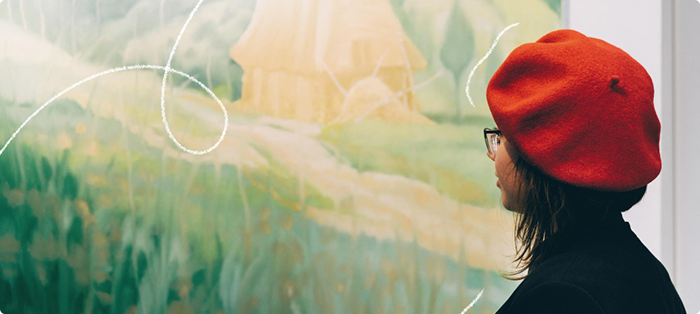





What paintings can you conquer the virtual market with?

Abstract Painting
Why people buy: Abstract paintings are often chosen for interior decoration because they are versatile and can fit into almost any style. They do not require a deep understanding of symbolism or narrative; instead, they create mood and atmosphere.
Who buys: Homeowners, interior designers, corporate clients.
Why they are valued? Abstract painting is easily perceived and interpreted, allowing viewers to find their own meaning, which makes such works ideal for diversifying interior spaces.

Contemporary Realism
Why people buy: Buyers appreciate contemporary realism for its technical mastery and the ability to see familiar scenes or objects in a new light.
Who buys: Collectors, classical art enthusiasts, galleries.
Why they are valued? These paintings combine traditional techniques with modern subjects, attracting both mature and young audiences.

Images of Natural Phenomena and Landscapes
Why people buy: Landscapes can create a calm and peaceful atmosphere, making them popular for home interiors and offices.
Who buys: Homeowners, hotels, restaurants.
Why they are valued? Landscapes often evoke nostalgia and an emotional connection to nature, making them appealing to a wide audience.

Portraits of Celebrities and Personal Portraits
Why people buy: Individual portraits and portraits of celebrities are in demand due to their personal significance or connection to cultural icons.
Who buys: Private individuals, collectors, corporate clients.
Why they are valued? Portraits maintain individuality and are often associated with prestige, especially if created by a renowned artist.

Painted Minimalism
Why people buy: Minimalist paintings are perfect for modern and Scandinavian interiors, which are currently trending.
Who buys: Young professionals from various fields, interior designers, owners of modern apartments.
Why they are valued? The simplicity and elegance of minimalism allow for stylish and relaxed spaces, attracting buyers who strive for the aesthetics of “less is more.”
Understanding which types of paintings are most in demand in the virtual market will help you better navigate your creativity and find your niche. Whether you choose abstraction, contemporary realism, landscapes, portraits, or minimalist images, it is important that your works reflect your unique vision and quality of execution. This will help attract buyers’ attention and successfully sell your paintings online.
How not to sell yourself short and not scare off customers? Payment for your work
Pricing your artwork is one of the most important aspects for a beginner artist who wants not only to promote their creativity but also to earn from it. Proper pricing requires considering many factors to avoid undervaluing your paintings and not deterring potential clients with excessively high prices.
Market Research: The First Step to Accurate Pricing
Before putting your painting up for sale, it is important to conduct market research. Find out what prices other artists are charging for works similar to yours.
Focus on the following criteria:
- Oil paintings generally cost more than watercolor works;
- Each material, such as oil, acrylic, watercolor, or pastel, has its own cost, which affects the final price;
- Larger paintings are priced higher because the costs of materials and labor increase;
- Canvas on stretcher bars is usually valued higher than cardboard or paper due to its durability and perception.
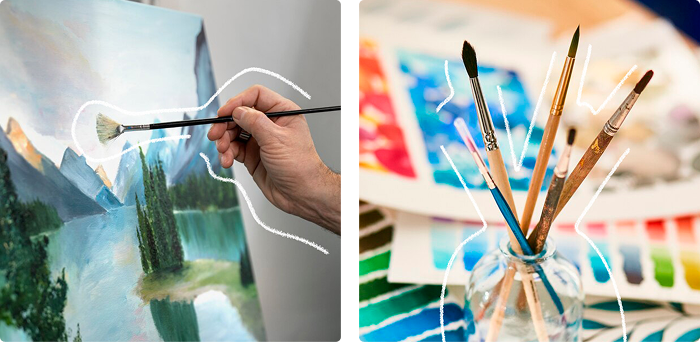
Consider Material Costs
Materials for creating paintings can be expensive, and this needs to be considered when setting the price. Here is an example of calculating the cost of a painting:
Suppose you created a 60×80 cm painting on canvas using oil paints.
Your expenses include:
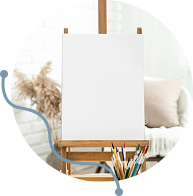
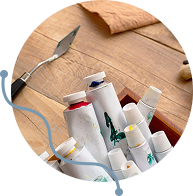

So, the total cost of materials is $100.
If it took you, say, 20 hours to create the painting and you want to value your time at $10 per hour, the labor cost would be $200.
Thus, the base price of your painting could be $300: material cost + labor cost. You can add 10-20% to this price to cover additional expenses such as packaging and shipping.
Impact of Framing and Presentation
If you want to sell your painting for a higher price, consider framing it. This not only protects the artwork but also gives it a finished look, which can positively affect its perception by buyers.
The frame will increase the cost of the work by $50-$100, depending on its quality and materials. However, it is important to consider that this also increases your expenses and, consequently, the final price of the painting.
Interior Art: Trends and Demand
If you are just starting to sell your paintings, it makes sense to consider creating interior art. Such works have a steady demand as buyers often look for pieces that can decorate their homes or offices. For example, minimalist abstractions, pastel landscapes, or floral motifs are often sought for modern interiors.
Prices for such paintings can range from $150 to $500 and above, depending on size, technique, and the artist’s renown.
Examples of prices for different types of paintings:
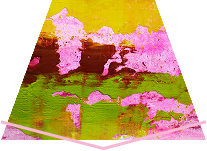


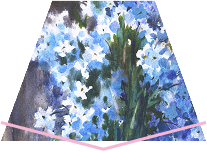

Avoid Extremes in Pricing
A low price can deter buyers as it may create an impression of low quality or dubious origin. On the other hand, a high price without sufficient justification, such as the artist’s fame or uniqueness of the technique, can also deter potential clients.
Tips for setting prices:
- Start with moderate prices and gradually increase them as your experience and fame grow.
- Monitor which works are in high demand and adjust prices accordingly.
- If you have several related works, consider selling them as a set. This can increase the overall value and attract buyers.
Setting the right price for your paintings is an art in itself. It requires not only understanding costs and time but also a nuanced sense of the market and buyers’ needs. Approach the process of selling paintings online thoughtfully, and you can find the balance that allows you to profit from your creativity without deterring clients.
Guide to organizing the sale of paintings online
Selling paintings online offers artists great opportunities to expand their audience and earn income. However, for a successful execution of this process, many nuances need to be considered, especially when it comes to international sales. In this article, we will explore the main steps to help you organize international sales of paintings online, including working with overseas buyers.




Here are the main methods for reliable packaging of paintings:
- For framed paintings: wrap the canvas in protective paper, then use bubble wrap, and place the painting in a special wooden crate or box with foam corners for protection;
- For unframed paintings: the canvas can be carefully rolled up and placed in a tube to protect it from damage during transportation.
Note that sending paintings abroad may require accompanying documents, especially when sending artwork to European Union countries. Depending on customs requirements, you might need certificates of origin and an export permit for cultural values. In Ukraine, such documents can be obtained through the Ministry of Culture.
- Check and choose a courier service.
Since there are risks of fraud in international shipping, carefully choose the courier service. Verify the company’s license, read customer reviews, and if possible, sign a service agreement. This will help you legally protect yourself in case of any disputes.
In Ukraine, you can also use specialized companies offering comprehensive solutions for shipping artworks, including packaging, documentation, and transportation, such as Moving Expert, “D.S.L.”, and Meest Express.
- Customs documentation.
When sending paintings abroad, especially to the EU or the USA, you may need to provide documents confirming that the painting is not a cultural asset owned by the state. This applies even to recently created works. For this, you should contact the Ministry of Culture of Ukraine and undergo an examination procedure to obtain permission for export.
- Final tips.
Selling paintings online requires careful planning and preparation, especially if you are targeting the international market. Despite the challenges, proper organization will help you avoid problems and make sales a stable source of income.
Here are a few final recommendations:
- Monitor all stages of the transaction: from receiving payment to delivering the painting to the buyer;
- Keep track of all expenses: this will help you set the correct price and avoid losses;
- Don’t skimp on packaging: a damaged painting during transport can harm your reputation.
Selling paintings online is a great opportunity to reach a new level and find your audience around the world. With a careful approach and proper organization, you can successfully develop your business and delight fans of your art.
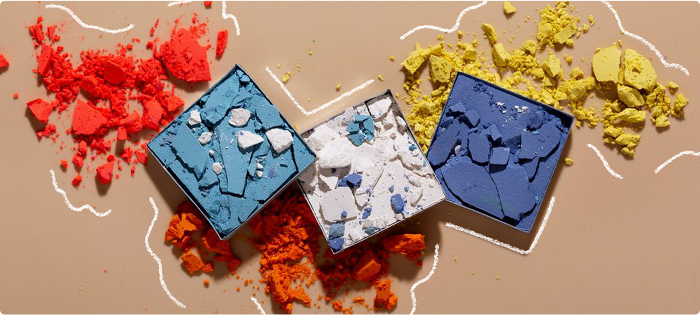
Websites for artists to sell paintings: domestic sites
When an artist decides to enter the online market, choosing the right platform for selling their paintings can play a crucial role in their success. It’s important to select a platform that not only allows you to showcase your work but also actively promotes it to potential buyers. This list includes both international and Ukrainian platforms that offer various opportunities for artists.










Choosing the right platform for selling paintings can significantly impact your business’s success. Specialized websites offer various opportunities for artists, from local markets to international sales. Consider the features of each platform, such as listing costs, promotional options, and the availability of trial periods, to select the most suitable one for your goals.
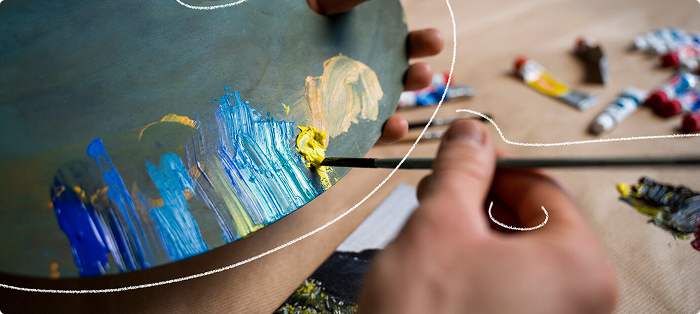
Websites for selling paintings abroad: expanding our client base
Entering the international market provides artists with excellent opportunities to expand their audience and increase sales. Platforms for selling paintings abroad can offer convenient tools for managing sales and supporting international shipping.
Here is a list of ten popular platforms:










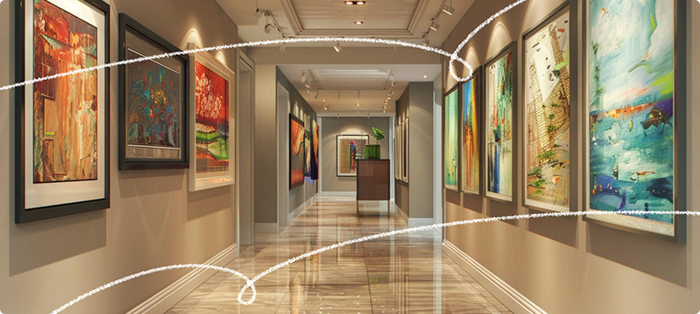
Platforms for direct collaboration with artists
These platforms allow artists to establish a direct connection with buyers and collectors, bypassing intermediaries. They offer the opportunity for artists to present their works and manage sales independently.
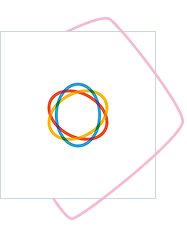

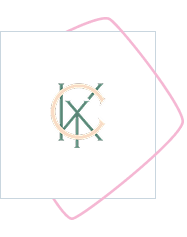




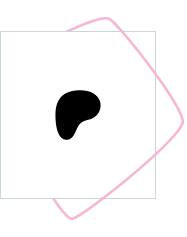
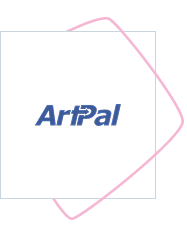

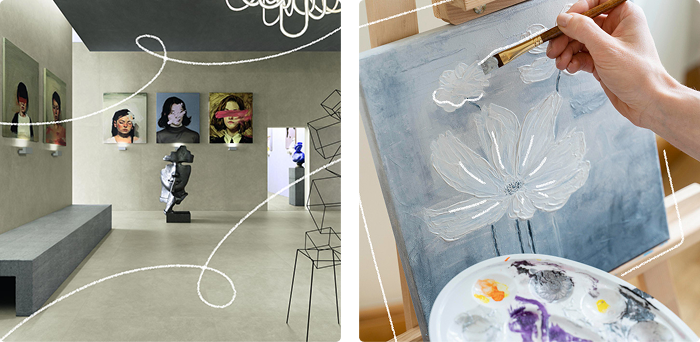
Platforms that collaborate with galleries
These platforms have connections with galleries and museums, which can significantly increase the visibility and sales of artists’ works.
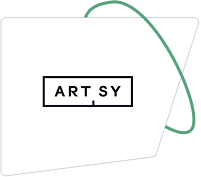




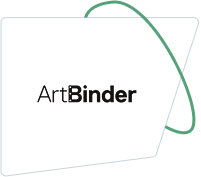


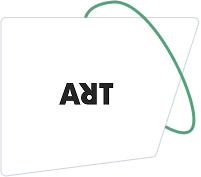

The commission is 30% of the sale. No trial period is provided. Choosing the right platform for selling art depends on your goals and preferences. Platforms for international sales can help you enter the global market, while platforms for direct collaboration and working with galleries may offer additional promotional opportunities. Assess your needs and choose the platform that best matches your requirements and working style.
Question and answer
The first thing to consider is sales platforms. Traditional art galleries and exhibitions remain important venues for promoting art. If you decide to go this route, contact local galleries with an offer to exhibit your works. Galleries may charge a commission on sales, but in return, they provide prestige and access to collectors who may be interested in your art.
Another option is participating in art fairs and art markets. In such places, you will have the opportunity to meet buyers in person and discuss your works with them. Personal exhibitions, especially at the beginning of your career, can also be beneficial. Organizing your own exhibition, for example, in a café or cultural center, can help attract attention and build your name.
However, modern artists are increasingly turning to online platforms. The internet has opened up significant opportunities for selling art, and many successful artists use it as their primary sales channel. Specialized art sites, such as Saatchi Art, Artsy, and Etsy, allow you to display your works for sale to both Ukrainian and international audiences. Selling through your own website or social networks, such as Instagram and Facebook, can also be effective. The key is to regularly update your pages, post high-quality photos of your artwork, and engage with your audience.
Selling paintings requires strategy. It is important to correctly assess your works. Pricing is an art in itself. Emerging artists should consider the cost of materials, the time spent creating the work, and current market prices. It is also crucial not to overlook self-presentation: high-quality photos of the paintings, interesting descriptions, and the story behind the work will help attract buyers’ attention. Don’t forget about promotion. Use social media, online advertising, and special art events to showcase your paintings.
Equally important is working with clients. Be open to communication, respond promptly to inquiries, and be ready to provide additional information or assistance. Loyal clients often return for new purchases and recommend the artist to their acquaintances.
Selling paintings abroad can be a significant step in advancing your career and expanding your audience. Start by finding international platforms, such as Saatchi Art and Artfinder, which can help you enter the global market. However, successful international sales require more than just listing your work on a website.
Special attention should be paid to packaging the painting to ensure it arrives at the buyer intact. Additionally, you need to understand customs regulations and taxes in the countries where you plan to send your works. For example, in Poland, Germany, Slovakia, and the Czech Republic, unique artworks are usually exempt from customs duties, but VAT (from 19% to 27%) may need to be paid upon sale. In some cases, you will need additional documents, such as an invoice, certificate of authenticity, or customs declaration. These documents will help simplify the customs process and avoid delays.
Choosing a reliable courier service is also important. Companies such as DHL Express, UPS, FedEx, and TNT offer specialized art shipping services, including insurance and tracking. These services will ensure the safe delivery of your work to the buyer, minimizing the risk of damage.
Don’t forget about marketing. Successful international sales require consideration of cultural differences and buyer preferences in different countries. For example, one country might prefer vibrant abstractions, while another may value classic landscapes. Accordingly, you will need either to select paintings suitable for a specific market or to adapt the description and presentation of your works to better meet the expectations of the local audience.
In Ukraine, there are many opportunities for selling paintings. In major cities such as Kyiv, Lviv, Dnipro, and Odesa, there are galleries, art centers, and cultural events that may be interested in your work.
Contact local galleries and art centers to see if they are willing to display your work. The most well-known is the “Ya Halereya” art gallery in Kyiv, which specializes in exhibitions of contemporary artists. There is also a branch in Lviv. In Odesa, you can reach out to the “Artodessa” art space, which provides exhibition spaces, including for emerging artists.
Participating in art fairs and markets is another way to find your audience. For example, in Dnipro, there is the Alley of Artists, where paintings are sold year-round, although outdoors. Spontaneous fairs are also organized during city holidays in parks and along the waterfront.
Social media remains a powerful tool for promoting and selling art, just as it does internationally.
Additionally, online platforms in Ukraine are actively developing, such as OLX and Crafta, where you can sell your paintings.
OLX is one of the largest online platforms for buying and selling goods in Ukraine. You can sell a wide variety of items here, including works of art. The advantages of OLX include a broad audience and an easy-to-use platform. For emerging artists, it can be a good starting point, as the platform allows you to quickly and affordably find potential buyers. However, it is important to note that OLX is not a specialized art site, so competition with other product categories may be high.
In contrast to OLX, Crafta is specifically oriented towards creative individuals and their products, making it more suitable for artists. The platform provides a user-friendly interface for creating an online store where you can display your work, interact with buyers, and manage orders.
If you create drawings rather than paintings, your sales opportunities may differ slightly:
- Stock platforms. Websites like Shutterstock, Adobe Stock, and iStock allow you to sell digital copies of drawings. This is suitable for graphics, illustrations, and even hand-drawn sketches that can be digitized.
- Specialized sites. Etsy and Redbubble allow you to sell drawings both as originals and as prints on various media – from posters to t-shirts and mugs.
- Own website or blog. Creating a website where you can sell original works or their copies can also be a successful option under several conditions: high-quality content, regular updates, search engine optimization, established traffic channels, convenient payment and delivery methods, and active engagement with the audience.
- Social media. For example, Instagram is often used by illustrators and artists to showcase and sell their work. You can also use YouTube to blog about your creativity, which can help attract an audience.
Each of these channels requires a specific approach and effort, but with the right strategy, you can find your audience and successfully monetize your creativity. The key is to actively promote your work and experiment with different platforms to understand what works best for you.
Selling paintings at auctions can be a significant milestone in an artist’s career. Auction houses such as Sotheby’s, Christie’s, Bonhams, or local Ukrainian auctions like “Goldens” or “Gelos” provide an opportunity to sell your work at a higher price, especially if it attracts interest from collectors.
However, participating in an auction requires preparation.
Firstly, the painting must be in perfect condition, so if necessary, carry out restoration or frame the work in a suitable manner.
Secondly, the documents confirming its authorship and authenticity must be in order. Auction houses often conduct their own valuation of the artworks before they are put up for auction, either independently or with the help of a hired expert. This helps determine the starting price of the piece.
Additionally, your painting may be included in the auction catalog, undergo a PR campaign, or be presented at preview exhibitions as part of the promotion strategy.
Be prepared for the fact that the preparation process for the auction may take some time, but if successful, your efforts will be rewarded. Therefore, keep an eye on the bidding and be ready to finalize the deal if your work is sold.
In the art market, certain trends can help you navigate which works are in higher demand. Classics, such as works by renowned artists from the past, are always valuable. At the same time, contemporary and abstract works often resonate with a broader audience, especially among young collectors and interior designers. Landscapes, still lifes, and portraits also remain in demand, particularly if they are created in a unique technique and style.
The key for a beginner artist is to find their own voice and understand how their works can fit into current market trends. Create, experiment, and don’t be afraid to present your paintings to the world.


